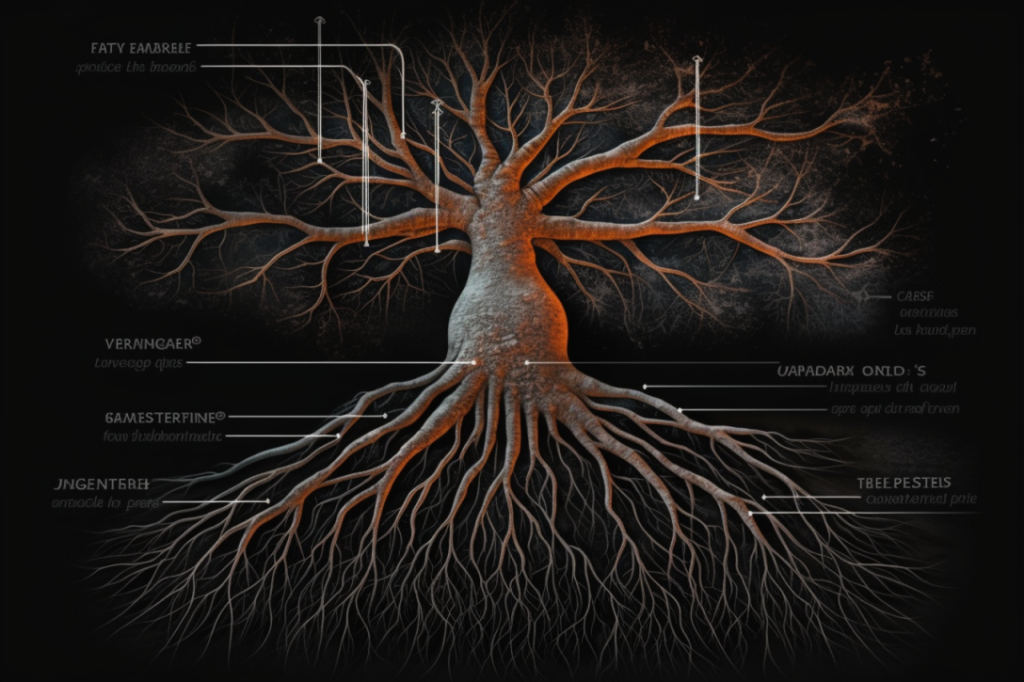Just in case you’re not aware of the latest scams that are pervading the community, a newer link scheme has been making the rounds through email.
It is not entirely new, although some parts of the scam are new.
TheNextWeb.com reported this scam on April 24, 2022.
What happens is this: a scammer will email you claiming they are a specific law firm or attorney. They will have nice email letterhead, all the works.
They will claim that they are an attorney, who is reaching out because your site violates their copyright and infringes on it.
Then, they will threaten you with litigation for the link.
Glenn Gabe also had a great write-up on this on Twitter:
"But GANs still create unnatural artifacts that can be easily detected if you’re familiar w/the tech. You can easily spot irregularities in places such as earrings, shadings on the side of the face, edge of hair & beard, wrinkles, borders of eyebrows, & the sides of eyeglasses." pic.twitter.com/kFvkVWMnqQ
— Glenn Gabe (@glenngabe) April 24, 2022
How Do Scammers Generate These Photos?
It’s quite easy nowadays. There is AI software available that allows you to generate a random photo of any kind of person that you wish to create a fictional identity of.
For example, generated.photos is one such service.
Before getting concerned, however, there isn’t always an illegitimate use for these photos. For legitimate uses, designers may use these types of photos for model shots on site mockups where they may not have a lot of money to purchase rights for real model photos.
Or stock photography is too expensive.
Whatever the case may be.
The Technology Behind The Scam: Generative Adversarial Network (GAN)
Part of the technology that these scammers use in order to dupe people into giving links include GAN (or Generative Adversarial Networks).
These are a type of neural network that uses deep learning in order to identify how to creatively generate human faces, based on user input.
As reported by bdtechtalks.com in 2018:
Goodfellow’s friends were discussing how to use AI to create photos that looked realistic. The problem they faced was that current AI techniques and architectures, deep learning algorithms and deep neural networks, are good at classifying images, but not very good at creating new ones.
Goodfellow came up with the idea of a new technique in which different neural networks challenged each other to learn to create and improve new content in a recursive process. That same night, he coded and tested his idea and it worked. With the help of fellow scholars and alums from his alma mater, Université de Montréal, Goodfellow later completed and compiled his work into a famous and highly-cited whitepaper titled “Generative Adversarial Nets.””
Although this technology was not initially designed to be used for scams, scammers have found a way to get around conventional limitations (as usual).
The Drawbacks of GAN Faces
Generated faces, as you may expect, are not exactly perfect. Although they have several benefits in various use-cases, they come with their drawbacks.
For example, you might notice one or two things out of place, such as an eyelash that wasn’t properly generated.
Or, you may notice an earlobe that may be out of place as well.
This is why AI is not exactly all it’s cracked up to be: there are limitations that come with this software and you cannot create something that is 100 percent perfect quite yet.
However, it’s undeniable that the technology has definitely come a long way.
As you can see, the major imperfections in the generated images are circled in red, and they do not look 100 percent realistic to the discerning eye.
But maybe that’s the problem. Not everyone is going to have a discerning eye, and perhaps that’s the point: to make images as perfect as possible but not be 100 percent correct.
Either way, it would pass the smell test of the lay person who doesn’t know about what they need to look for.
And could easily be used in a scam.











